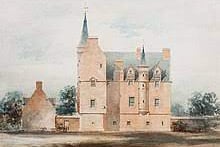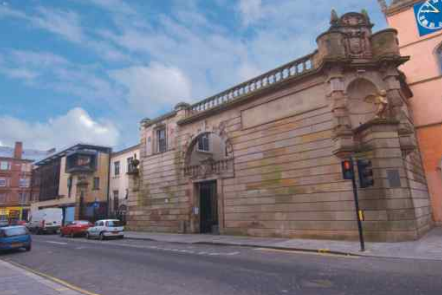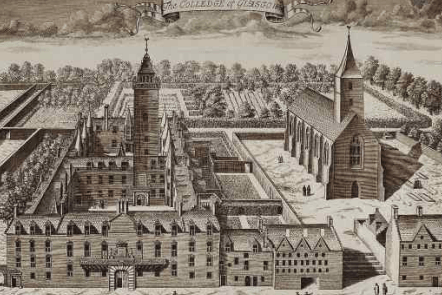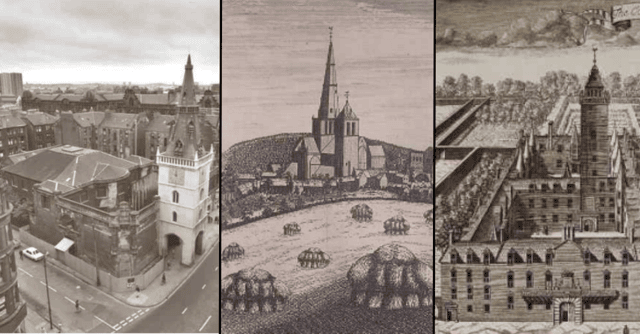When we think of Glaswegian history, we often think of our proud industrial heritage on the shipyards - sticking together massives hunks of steel and then shipping them out to sea.
But we’d be amiss to forget the older history of Glasgow, of the men and women who built the very foundations of the city around the River Clyde. From the Glasgow Cathedral to the University of Glasgow, these ancient old buildings tell a story that can still be seen in the structure of Glasgow today.
While you may pass by any one of these buildings everyday (many of them remain integral to the structure of the city to this day), you may not know the history of the buildings, and how much they contributed to building the city of Glasgow.
Take a journey with us through time, as we take a look at the oldest, most influential buildings still standing in Glasgow today.
While you may pass by any one of these buildings everyday (many of them remain integral to the structure of the city to this day), you may not know the history of the buildings, and how much they contributed to building the city of Glasgow.

5. Haggs Castle (1585)
The carved stone above the door records that Haggs was built in 1585 by Sir John Maxwell of Pollok and his wife Margaret Conyngham (Cunningham). It was built to replace the Maxwells’ former residence, the Laigh Castle, a 14th-century building which stood to the west. The richly decorated building was restored in the 19th century, and today is once more occupied as a residence.

6. Tron Kirk(1592)
In 1592, the Town council repossessed the Church of St Mary, and built the Tron Kirk. It was to become Glasgow's second parish church after 1599. The origin of the church’s name, derives from it's closeness to the Tron or public weighing beam, and became known as the Tron Church or Laigh (Low) Church (as opposed to the High church which was the other name the cathedral).

7. Tolbooth Steeple(1626)
All that remains of the old Tolbooth is it’s steeple, but before the old Tolbooth, there was an even older Tolbooth in the same location. In 1626, the new Tolbooth was built, it was a very impressive stone building five storeys high, with small windows, which looked onto the Trongate. The Tollbooth was not just used as an administrative centre but as a prison for those accused of crimes. The prisoners would have been led to their rooms by a narrow turnpike stair in the Tolbooth steeple. The seven story steeple, which survives today, would have stood at the east of the building.

8. The University of Glasgow (Established 1451)
The University of Glasgow as it was in 1693 on High Street - at the time of its move to the West End in 1870, it was the second largest structure being built in the United Kingdom (the largest being the Houses of Parliament). The main building was designed in the Gothic revival style by the architect George Gilbert Scott. It incorporates The Unicorn and The Lion staircase from the old building that dates back to 1690.


